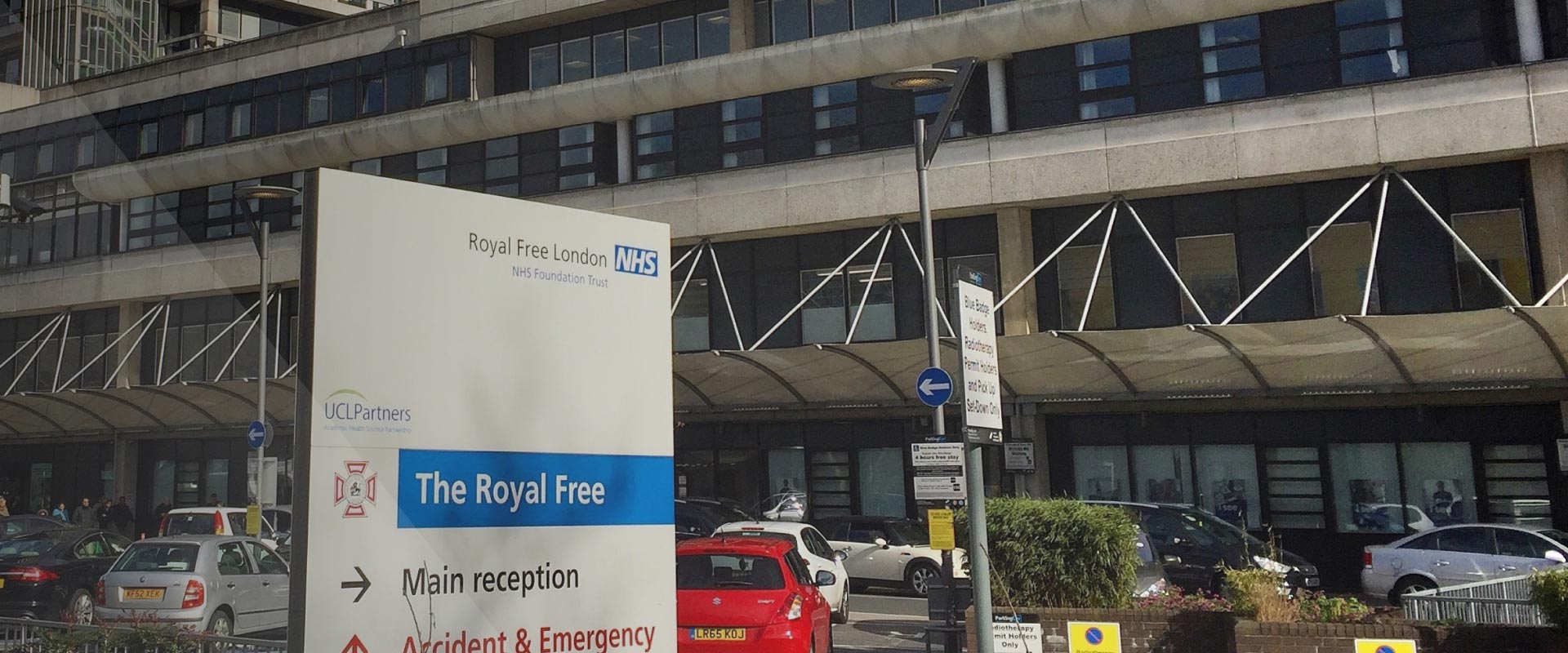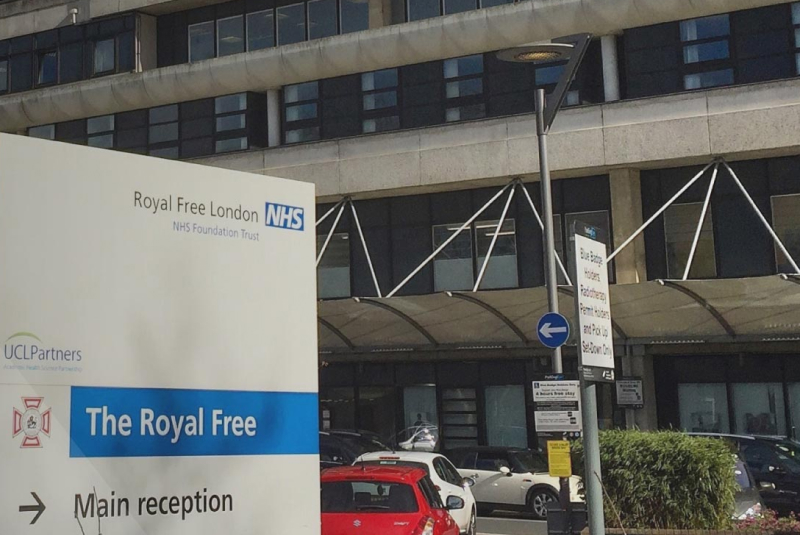
Royal Free Hospital
Measured Surveys, CAD Bureau
Challenge
The world-renowned Royal Free London, one of the UK’s biggest NHS trusts, is home to 10,000 staff who provide care for over 1.6 million patients a year. Its main site, the Royal Free Hospital in Hampstead, stands at 151,294 m2. With a demand for more space and no room for expansion, the Trust’s estates management team needed to better understand what they had and how it was being used In order to improve space efficiency. The Trust were also keen to measure their performance against the Lord Carter report. There were major inconsistencies in their CAD drawings, with some comprising of over 700 layers. This made searching for and identifying relevant information difficult.
Solution
Our team of experienced surveyors surveyed the buildings in scope using existing drawings, keeping costs to a minimum with other areas having full measured surveys. During the surveys the team collected key data that would allow for space rationalisation, including:
- Room name, numbers and use
- Department-occupied areas
- Hours of occupancy
- Ceiling heights, including slab and false ceilings
- Clinical and non-clinical space (as per 2016 ERIC definitions)
- Clinical room bookings (for adding information to the Micad Room Utilisation Module)
- Voice, data and power points
After all the relevant information collected, we implemented the Micad IPR and populated this with the accurate drawings and data. Finally he presented the Trust reports showing areas of over and under occupation, allowing for some quick wins on space use and an immediate return on investment.
Throughout the project, our Project Manager liaised with the Trust’s Senior Property Management Surveyor. This ensured the Trust were provided with weekly updates of Sircle’s progress, and allowed them to react as soon as areas were completed.
Outcome
Just as they’d hoped, the Trust discovered how Micad could be used to increase the efficiency of their estates and improve how they use their space. Their drawings became easier to understand and share with stakeholders, and they learned where there were opportunities to reduce costs and increase their funds.

